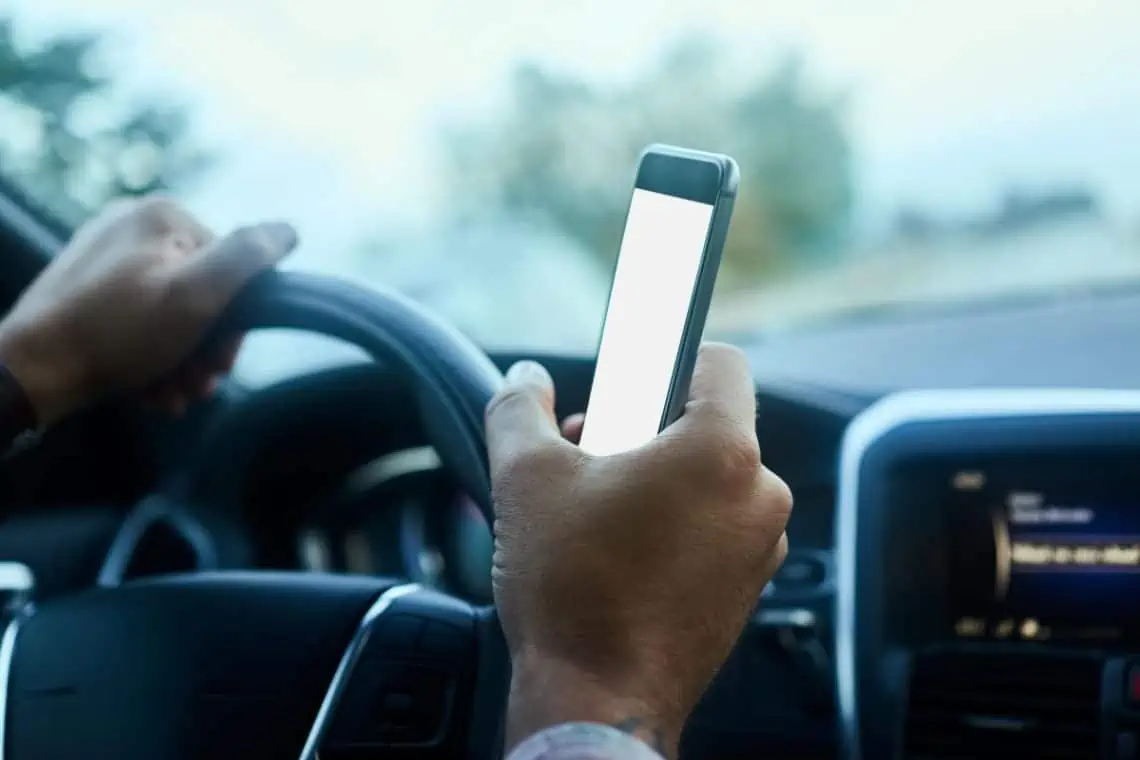In our earlier article, How to Write an Informative Speech, we explain what an informative speech is and how to write one that is informative and engaging. We gave a list of speech topic ideas, one of them being “the dangers of texting and driving”.
Here is a sample speech on this topic one might give to a group of high school students. We include real facts and a call to action. What else would you include in your speech if you were writing on this topic? A personal story would create a connection.
A Speech on the Dangers of Texting and Driving
Ladies and gentlemen, esteemed teachers and fellow students, I stand before you today to discuss a grave issue that affects our generation in particular – texting and driving. As young adults who have recently acquired the freedom that comes with a driver’s license, we are prone to feel invincible behind the wheel. However, a single text message can shatter this illusion and change lives forever.
To fully grasp the severity of this matter, let us consider some unsettling statistics. In 2020, 396 people were killed due to accidents directly caused by texting and driving. In 2019, the number of fatalities was even higher, at 430. Distracted driving, including texting, led to a staggering 13% of fatal accidents and accounted for nearly 30,000 injury crashes in total.
This puts texting and driving responsible for a horrifying 9% of all police-reported distraction-affected crashes. What’s more, 566 innocent pedestrians, bicyclists, and others lost their lives in 2019 due to crashes involving a distracted driver.

Reflecting upon these figures, it is clear that the few seconds spent sending or reading a text message are not worth the immense risk. The National Highway Traffic Safety Administration (NHTSA) compares this act to driving an entire football field blindfolded while traveling at 55 miles per hour. The consequences are often irreversible and can result in a lifetime of regret.
Now, I ask each of you to take a moment and think about the people closest to you – your family members, your friends, and your loved ones. How would you feel if you lost one of them because they were texting and driving? How would you feel if you were the distracted driver responsible for their death? The weight of that heartache is unimaginable.
The solution, my fellow students, is simple yet powerful – take a pledge to never text and drive. Moreover, be an advocate who goes beyond and encourages others to join the cause. Share your commitment with your friends and family, and hold one another accountable for safe and responsible driving behaviors. Spread the word on social media with the hashtag #ItCanWait.
Should you find it difficult to resist the temptation of texting while driving, consider ways to minimize distractions. For instance, you could enable the “Do Not Disturb While Driving” mode on your phone or put your device in the trunk or the backseat. Additionally, enlisting a designated texter while driving with friends can be an effective and collaborative solution.
In conclusion, the decision to avoid texting and driving is, quite literally, a matter of life and death. As we venture onto the roads, it is our duty to prioritize safety for ourselves, our passengers, and others sharing the pavement. The time has come for us to make a stand and lead by example. Together, we can prevent devastating consequences and create a safer future for everyone on the road. Thank you.